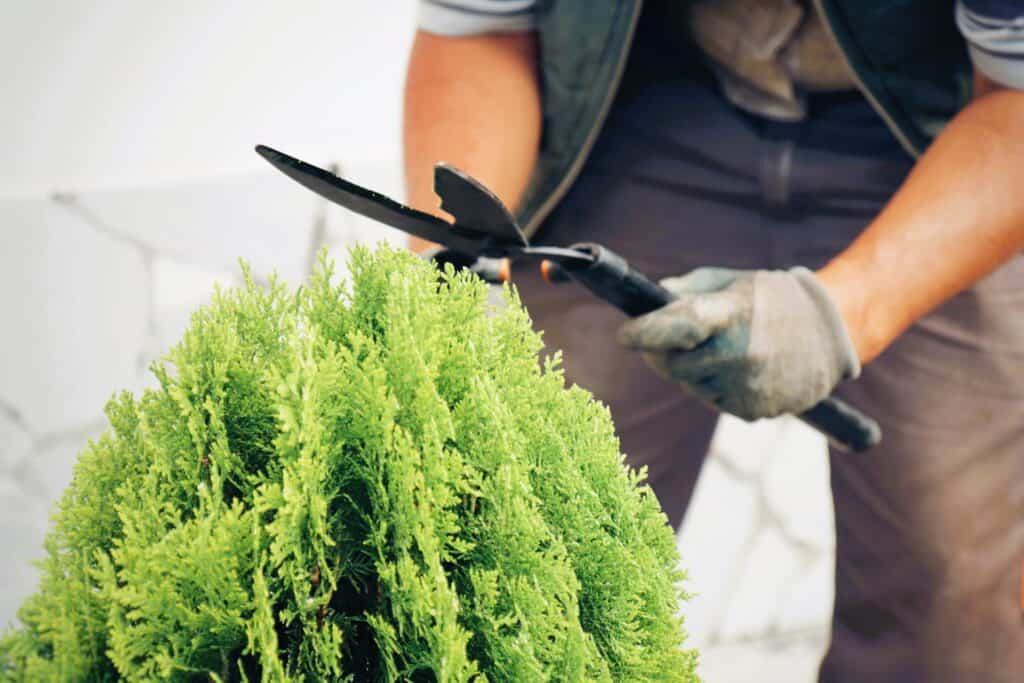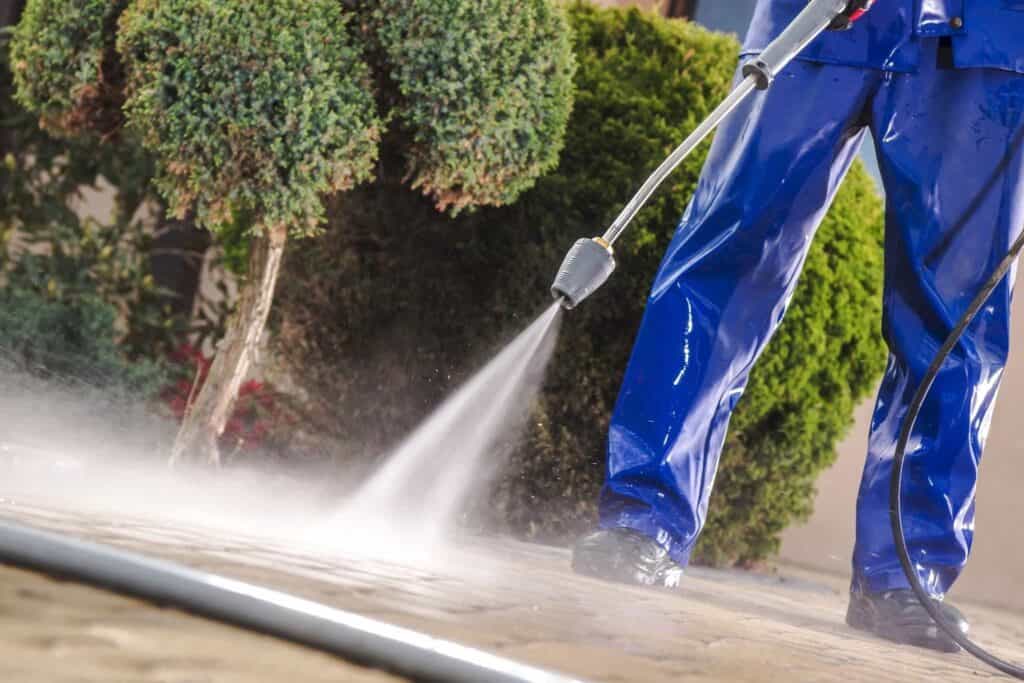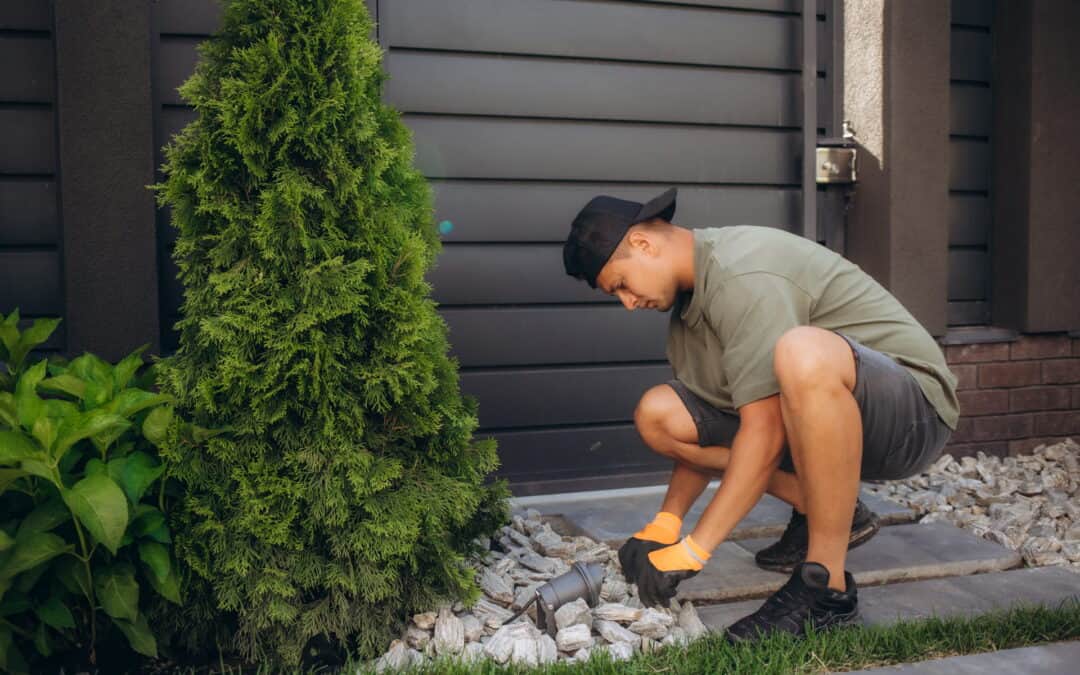Preparing your home or business for a professional pressure wash is not only about improving the property’s appearance; it’s about extending the lifespan of your surfaces and ensuring the safety of the cleaning process. In this article, we will explore the steps needed to effectively prepare your property for a pressure washing service, focusing on essential pre-cleaning measures.
Assessing the Area for Pressure Washing
Before the pressure washing professionals arrive, it is crucial to assess the area thoroughly. This initial assessment helps pinpoint which areas require special attention and whether any delicate surfaces could be damaged by the high-pressure spray. This might include areas with peeling paint, aged wood, or cracked siding, all of which could dictate the technique and pressure level used.
- Identify areas that are heavily soiled and might need pre-treatment.
- Note any damaged sections that might be vulnerable to water pressure.
- Determine if there are delicate areas that require a gentler approach.
An experienced pressure washing company will appreciate your efforts in marking these areas, helping them adjust their equipment accordingly to avoid damage.
Clearing Debris and Obstacles
Clearing the site is the next essential step; this involves removing any movable objects to provide clear access to the surfaces to be cleaned. Items like outdoor furniture, potted plants, and vehicles should be moved to a safe distance. Securing or covering immovable items such as built-in barbecues or light fixtures will prevent accidental water damage.
- Move outdoor furniture and decorations to a protected area.
- Cover immovable objects with waterproof covers.
- Secure any loose items that might be displaced by the force of the water spray.
Doing so not only makes the job easier and safer for the cleaning crew but also protects your belongings from potential damage.

Repairing Damaged Surfaces
Water can be surprisingly invasive, especially when under pressure. Before scheduling a professional pressure wash, it is advisable to repair any noticeable damage that could be exacerbated by water, such as cracks in windows or splits in wood. These repairs will prevent water from seeping into structures and causing further issues.
- Seal cracks and gaps in exterior walls and foundations.
- Repair or replace damaged window seals and door frames.
- Fix loose siding or panels that could be torn off by high-pressure water.
Addressing these issues beforehand ensures that the pressure washing process does not lead to costly water damage repairs later.
Protecting Windows and Doors
Windows and doors can be particularly vulnerable during pressure washing. Water can seep through even the smallest openings and cause internal damage. Properly sealing these entry points with waterproof tape or temporary sealants can provide an effective barrier against water ingress.
- Apply waterproof tape around door and window edges.
- Use plastic sheeting to cover larger glass areas.
- Check and reinforce weather-stripping if necessary.
Taking these steps helps ensure that water stays outside, keeping the interior of your property dry and secure during the wash.
Notifying Neighbors and Tenants
Communication is key when planning property maintenance that could affect others. Notifying your neighbors and, if applicable, your tenants about the upcoming pressure washing can help them prepare accordingly. They might need to close windows, move their own belongings, or simply be aware of the temporary noise and activity.
- Inform neighbors and tenants at least a few days in advance.
- Provide the schedule of the cleaning to all affected parties.
- Offer to address any concerns they may have about the process.
By keeping those around you informed, you foster good relationships and minimize any inconvenience your maintenance work might cause.

Checking Water Access and Availability
Ensuring that there is a sufficient water supply is a practical step that is sometimes overlooked. Verify that all outdoor faucets are working and that hoses are long enough to reach all areas of your property. If additional hoses or a pump are needed, arranging these in advance will avoid delays on the day of cleaning.
- Test all outdoor faucets for function and water flow.
- Prepare additional hoses if your property is large.
- Consider temporary water solutions if your current supply is insufficient.
This preparation ensures that your pressure washing session can proceed smoothly without any water supply issues.
Key Takeaways for Effective Pressure Washing Preparation
- Start with a Thorough Assessment: Identifying potential problem areas can guide the pressure washing team and prevent damage.
- Clear and Secure Your Property: Removing obstacles and securing vulnerable items protects your belongings and facilitates a more effective clean.
- Communicate with Neighbors: Keeping those around you informed minimizes disruption and maintains good relations.
Frequently Asked Questions
- How often should I schedule professional pressure washing?
- For most properties, an annual pressure wash is sufficient to maintain appearance and prevent buildup of dirt and grime. However, properties in areas with high pollution or frequent storms may benefit from bi-annual cleaning.
- Can pressure washing damage my siding?
- If done incorrectly, yes. Professional pressure washers adjust the pressure to suit the material being cleaned to avoid damage. Always hire experienced professionals for the job.
- What should I do if my property has multiple levels?
- Notify your pressure washing service if your property has more than one story. They may need to bring special equipment, like ladders or scaffolding, to safely reach higher areas.
- Is pressure washing safe for old buildings?
- Yes, but it requires special considerations. Low pressure and gentle cleaning agents are used to protect old masonry and wood from damage.
- How long does a professional pressure wash take?
- The time varies depending on the size and condition of your property. A typical home may take 2-4 hours, while larger commercial properties can take a day or more.
By following the outlined steps and preparing effectively, you ensure that your property not only looks its best but also remains in good condition after a professional pressure wash.
- About the Author
- Latest Posts
Specializing in pressure washing services in St. Tammany, Danny’s Pressure Washing is committed to enhancing the curb appeal of both residential and commercial properties. With a focus on safety and meticulous attention to detail, our experienced team utilizes state-of-the-art equipment and techniques to deliver exceptional cleaning results for projects of all sizes.


